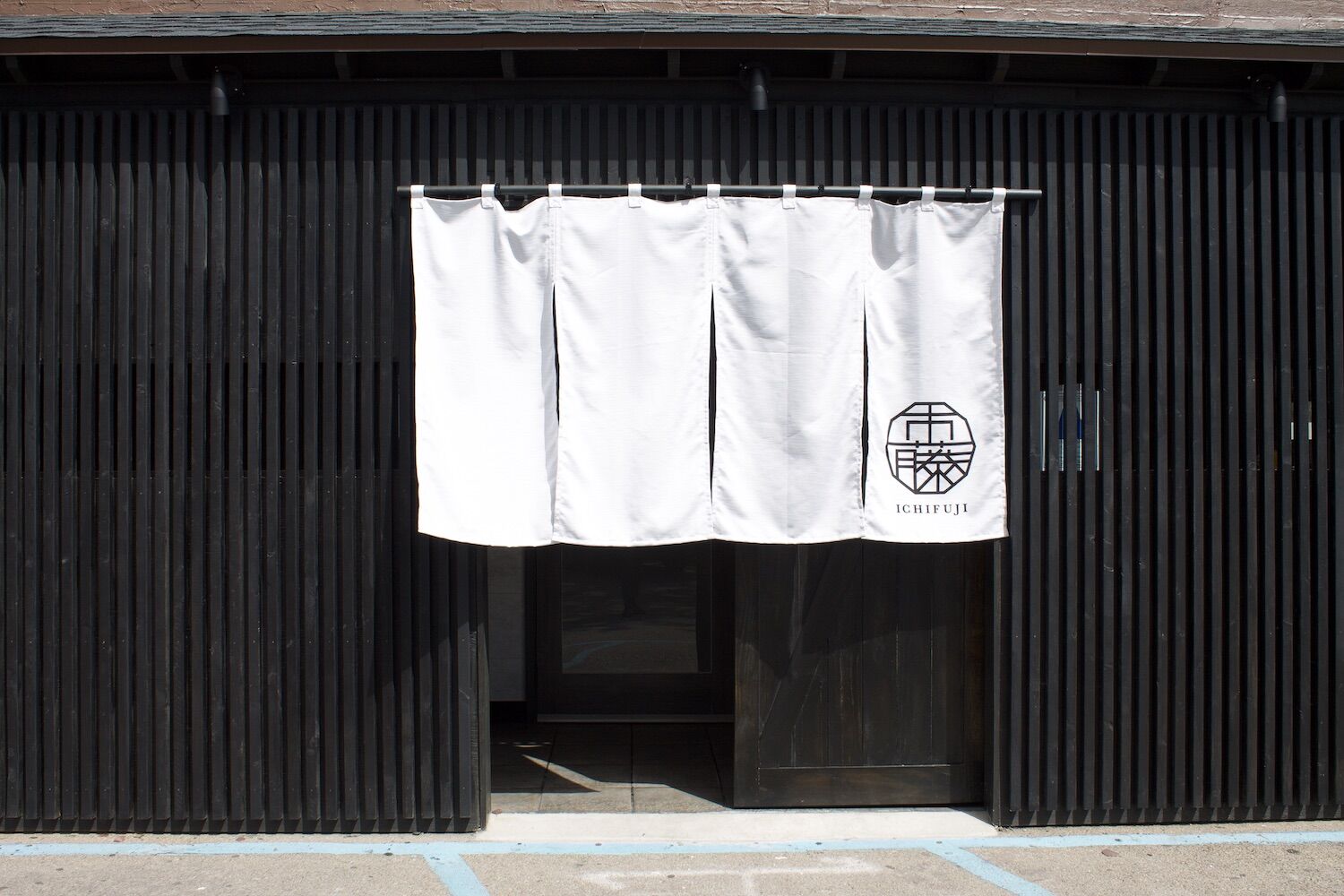
Sushi Ichifuji, San Diego
Courtesy of Sushi Ichifuji
Last week Hiroshi Ichikawa and Masato Fujita combined their four decades of sushi experience to open Sushi Ichifuji—a name created by fusing their surnames. Their 10-seater ode to Japan is slightly off the beaten track in Linda Vista, the ideal locale for the duo who spent nearly a year scouting it. Only being able to serve a few dozen guests nightly is intentional. For those lucky enough to get a reservation, that will mean you’ll have the undivided, meticulous attention of two of the city’s best.
For Ichikawa, he sought inspiration and opportunity when leaving home in the Gifu Prefecture region of Japan. He flew to New York City to work in sushi restaurants, where the allure of the city satiated his appetite for adventure. But a decade of braving east coast winters had him reevaluate his long-term plans. “I love surfing,” he says with a smile. “My mind was always on California.” So he packed up and moved to San Diego, landing a job downtown at Taka Sushi, where he met his future business partner Masato Fujita.
Fujita has collected experience at many of the county’s premiere sushi houses, including Soichi (University Heights) and Sushi Tadokoro (Old Town)—both of which hold one Michelin star. His career was foreshadowed by the days he spent hanging around his family’s century-old sushi spot in Osaka. He never actually worked at their restaurant, but proximity to the craft proved invaluable.

Sushi Ichifuji, exterior San Diego
Courtesy of Sushi Ichifuji
Ichifuji’s menu presents diners with two options: an eight-course omakase or a nigiri course. Both include sakizuke (a three-dish seasonal appetizer), shirumono (dark red miso soup), three-day miso-marinated Alaskan black cod, a selection of nigiri, and dessert. The omakase course offers a few more bites like sashimi and chawanmushi (a traditional Japanese savory custard, one of life’s greatest treats). Ichikawa teases an a la carte menu once they’ve found their rhythm, but insists the omakase concept is how they’ll get their start.
Their sakes are sourced almost exclusively from Japan, where premium water quality and well-tended rice fields produce an unbeatable product, Ichikawa says.
The interior design attempts to recreate the tranquility felt in many traditional Japanese homes. “We don’t have any design experience, but we painted everything ourselves, for like three months,” Ichikawa says. “I want people who come in to feel like they are in a small town Japanese house.” Ichikawa and Fujita achieve this with small but intentional touches: bamboo water features, wood features, and traditional plates brought back from Japan.
There are two seatings a night each consisting of groups of 10. The first seating occurs from 5-5:30 p.m., the second from 7:30-8 p.m. The 30-minute time window allows guests to trickle in at various times, further curating an individualized experience.
Ichikawa says the plan is to continue to build slowly. With warmer weather and increased demand, you may see a dozen or so seats pop-up on the covered patio this summer.
Have breaking-news, exciting scoops, or great stories about San Diego’s food scene? Send your pitches to [email protected].



















